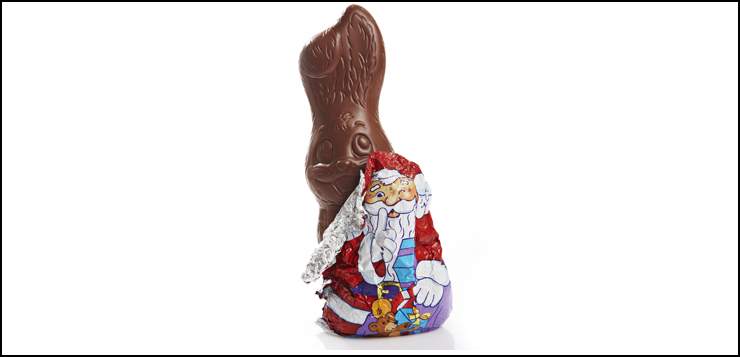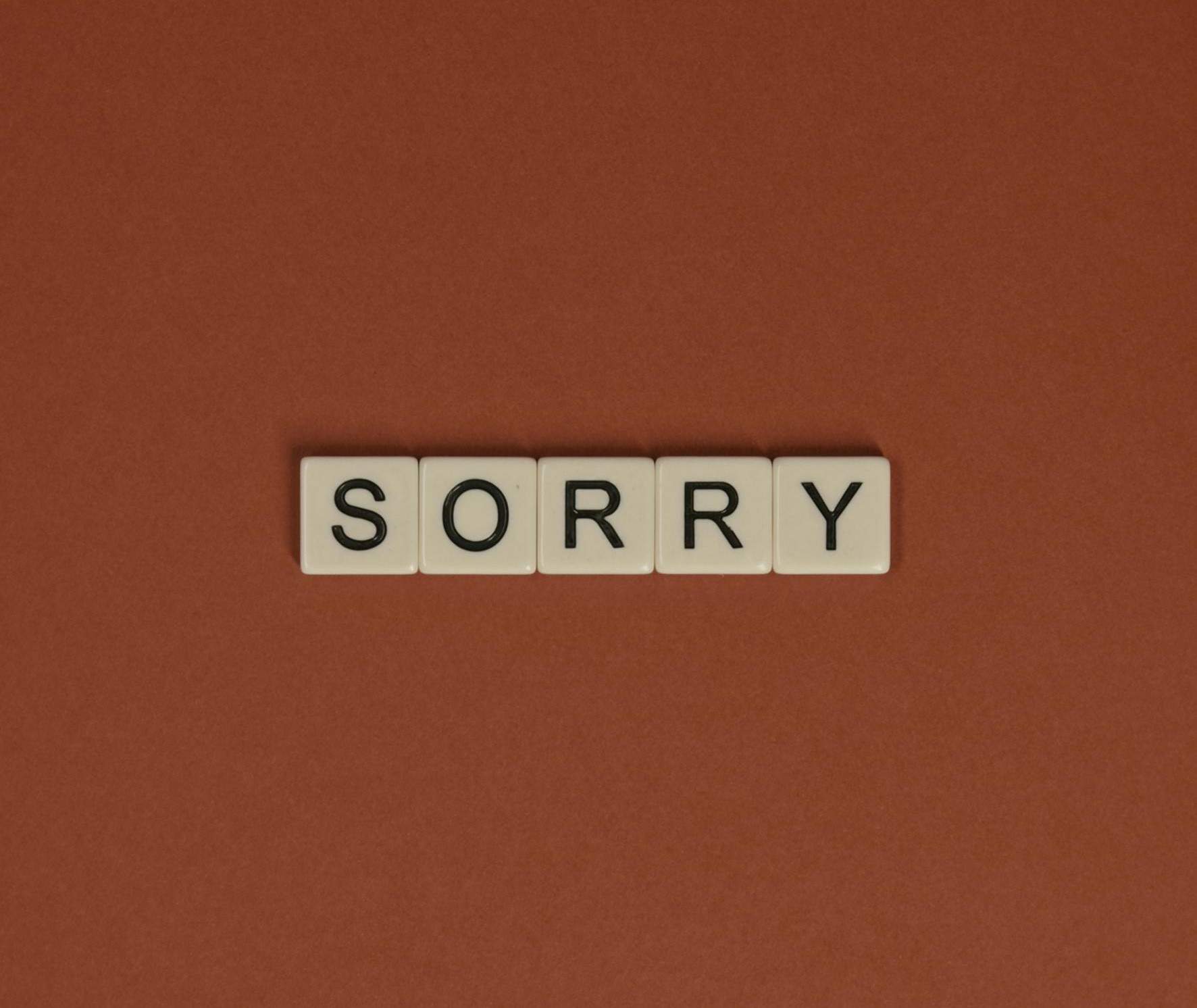A few weeks ago, my six-year-old, Opal, lost her first tooth in the parking lot of gymnastics. It was a tiny little pearl, speckled with blood and clutched like a precious jewel in her hand. When she opened her mouth, there was a wee hole in the front gums where the tooth came from, like soil for the smallest harvested vegetable.
The first thing out of her mouth was, “Who will tell the tooth fairy??” Her excitement was mixed with concern over whether or not she could count on having the same experience with the tooth fairy that her friends had described. Then came the interrogation: “How will it get to my tooth if it’s under my pillow? Will it lift my head up?”
I told her it would be easier for the tooth fairy if she left her tooth on the bedside table.
“But still, how will a fairy get into my room in the first place? And if it has a way to get in, why doesn’t it come in all the time?”
I assured her it wouldn’t do that. Besides, it’s just so dang busy collecting other kids’ teeth—billions of them. So busy.
She didn’t let up.
Truth be told, I had been feeling like a liar who was stumbling through these silly—somewhat socially obligatory— holiday charades, just to keep Opal believing for as long as possible.
“How does it get the money? I mean, I know it gives kids a dollar bill with pixie dust on it, that’s what Sabine said, so how does the fairy get the dollar? Do you help?”
I told her that, yes, I help.
“So you’ve MET the tooth fairy?”
Well, not exactly.
And so, Opal’s Big Brain barged right into our sweet little milestone-moment. My delight in the fact that my girl had lost her first tooth was sidelined by my attempts to patch up the holes in my story, gaping like my daughters newly toothless grin.
The look on her face was quizzical. But she bought my story, reluctantly. Then she was up that night with nightmares that bad fairies snuck into her room and stole all her books.
Last year was the first year Opal was really excited about Easter. She was five, and we’d had our first foster girl for a few months at that point. So, we did it up right—over-compensating, perhaps— with multiple Easter egg hunts and more chocolate than Halloween. She declared it to be her favorite holiday of all time!
As Opal scoured the backyard for pastel trinkets and plastic eggs, she stopped in her tracks, turned to look me straight in the face with laser-beam focus. She said, “YOU are the Easter bunny, aren’t you?”
“Yes,” I said. She caught me off guard and there it was, freed from my mouth and hanging in the air between us. Jesse shot me a questioning look. I scrambled to regroup: “Daddy and I just want to make it special and fun for you. It’s a tradition, something you do year after year. But, you are right, the Easter Bunny is us. But don’t go telling any of your buddies or classmates, please.”
“Ok,” she said with a cheeky grin, “but I will expect you to wear an Easter Bunny suit when you put out the eggs.”
I felt as if this was her way of saying, “It’s ok, mom. The jig is up.”
Inquiry Leads to Truth
As we sat looking at the sparkly dollar bill the tooth fairy left for her, and I listened to her tell me about her bad dreams, I wanted so badly to come clean with her then and there about all of the holiday lies. I hadn’t realized how much energy I was using to try and keep her believing in these things.
I wanted to profess that all of her skepticism about the tooth fairy (and Santa, leprechauns, cupid…) was right on the money. That I think her critical thinking is a good thing, and I’m sure it must be confusing for me to brush it off on these occasions and encourage it on others.
The times when she’s asked how Santa gets into our house when we have no chimney, I’ve responded with phrases like “you don’t have to see something for it to be real,” and “not everything is as straightforward as it seems.” Frankly, I’m not even sure what those phrases mean, so it must be supremely confusing to her—like backing out of our conversation in a fanciful cloud of dust—especially when I am committed to at least attempting to answer her questions with honesty and respect during the other 364 days of the year.
Communication often does not boil down to simply telling a “lie” or a “truth;” there is much more at play at any given moment.
Jacqueline Woolley, professor of Psychology at The University of Texas at Austin, recommends that parents let kids find out about holiday-type truths on their own—once they are old enough to really start to inquire—by leaving clues like writing Santa’s note in your own handwriting or leaving a gift from Santa under the tree the night before.
She says, “In the end, children are empowered by feeling that they have figured it out by themselves. Upon making the discovery, they become part of the adult world; they are ‘in on the secret’ and can derive even more emotional benefit by being given a role in keeping the myth alive for their younger siblings and friends.” It’s a right-of-passage all it’s own.
Recently, I was talking with a close friend about all of this. She told me about a letter she read online a few years back in which a mother responds to her child when asked, “Are Mom and Dad really Santa?” It went viral, gobbled up by all the parents out there looking for a more deliberate way to communicate these fictions to their kids without feeling like they were lying.
I found the letter and read it for myself. It was less than two notebook pages long, handwritten in wide, elementary-type print. It was a quick read, and I appreciated the pith conciseness of the wording. It ends by saying: “Santa is love and magic and hope and happiness. We are on his team, and now you are, too.” I wish I knew who the author was, but the letter is simply signed “Love, Mom and Dad.”
We are on his team, and now you are, too.
Those were precisely the words I needed to read to help me shift my perspective enough to let the light back in. Truth be told, I had been feeling like a liar who was stumbling through these silly—somewhat socially obligatory— holiday charades, just to keep Opal believing for as long as possible. I was even beginning to resent the holidays for the lies they required of me!
I had lost sight of the magic.
Lisa Cron, author and instructor at UCLA who focuses on the power of storytelling, says stories tell us what to hold on to. Stories are a way to teach and learn. “Stories take big ideas, abstract concepts, dry facts and translate them into something very specific that we can experience, and so feel,” Cron says.
It’s safe to say these stories have been passed from one generation to the next—the legend of Saint Nicholas can be traced back to 280 A.D—because, as parents, we want our kids to feel the same thrill we did as children on Christmas morning. Facts and logic take a way-back seat to the magic of a pile of sparkling gifts under the tree, knowing they got there because a jolly old man in a sleigh led by eight flying reindeer delivered them! (No one would argue that this is a much better origin story for the new American Girl Doll then simply confessing we bought it online after a glass of wine and it came in a FedEx truck.)
Mindful Make-Believe
Childhood is a time that brims with make-believe and imagination—the dolls sleeping soundly in the dollhouse, the stuffed animals that serve as protectors at night, the fairy garden in the front window box. But as we grow into adults, we sometimes have to make a concerted effort to shift our lenses away from the world of imagination.
If traditions like Santa, the Easter Bunny and the tooth fairy cause more angst than joy for us as parents, then something is askew. We are missing the point of the whole thing, the current that runs deep beneath these stories that has kept them going for countless generations: magic.
“Santa is love and magic and hope and happiness. We are on his team, and now you are, too.”
Our kids so often see us grown-ups in roles of responsibility, hair combed and belts cinched. The holidays give us a chance to let down our hair and go big—sing Christmas carols too loud, cheer from the sidelines of the neighborhood Easter Egg Hunt. Many of my own childhood memories revolve around Christmas and Easter, and the feel of palpable joy that filled the space like something baking in the oven. Us grown-ups need magic, too.
And, it makes sense for some grown-ups to be the ones who would perceive Santa and the tooth fairy as the “lies” we tell our kids. But, perhaps, kids don’t interpret it so literally. Maybe it’s not that cut-and-dry.
Susan Kaiser Greenland, author of The Mindful Child and Mindful Games, says, “There are plenty of families where even young kids know that there’s no such thing as Santa Claus or the Easter Bunny, who nonetheless justify these holiday lies (and ask their kids to go along with them at school and with friends) by the idea that we speak and act with discernment. We do our best to be compassionate in our speech and actions by looking at what’s happening in and around us with an open mind and making the best decision we can based on the information we have and the circumstances we find ourselves in.”
Based on Greenland’s insights, this black-and-white notion of “lying” feels insular and over-simplified. Communication often does not boil down to simply telling a “lie” or a “truth;” there is much more at play at any given moment.
“This conversation about discernment and making judgment calls comes up time and time again in the course of parenting,” says Greenland. It’s appropriate to make a connection when talking with our kids about why and when social white lies—which might include a holiday lie —make sense.
The time is rapidly approaching when Opal’s inquiry about Santa and the Tooth Fairy will outweigh her joy, and when it will feel downright strange for the Easter Bunny to be the only one who has been outed. When that day comes, we will sit her down and tell her how it all fits together.
Psychotherapist, Joe Soma, says holiday stories only seem like lies when we, the teller, are out of touch with the deeper meaning, in this case the magic of stories.
So, when I discuss Santa with Opal, I will stick to the deeper meaning, alongside the intention of leaving her feeling more empowered than she was to begin with. Perhaps she will feel proud of her use of critical thinking when it came to figuring out the “truth” about Santa. Or maybe she will feel more emotionally intelligent because she now understands what “discerning judgment” means, how and why her parents may use it again in future situations. Or maybe she will feel more like a big-kid, like a part of this great lineage of orators, as she masters for herself the art of storytelling to the young ones who are growing up in her wake.
***
A Mindful Take on Holiday Lies
Joe Soma is the adoptive parent of a beautiful 10-year-old girl. He is in private psychotherapy practice in Colorado where he sees families, couples, and individuals. He is also Clinical Director at an adolescent residential treatment facility, and is an adjunct professor at Naropa University.
Soma says we can have deep and mindful conversations with our kids about the holiday stories we tell. He breaks it down for us in four levels:
- Acknowledge your child’s inner experience
What does Santa mean to your child? You can ask, “When you imagine Santa, what do you feel/think/experience?” A child needs a sense of mystery, of wonder (actually, we all do). Learn to sense the world though your child’s imagination. As adults it is all too easy to get caught in the ‘known’ world and lose sight of the unknown. Employ the practice of deep listening, enter into the world your child is sharing with you, it is certainly the one they are listening to.
- Be aware of your own inner experience
To me, a mindful parent is one who is aware of what they are doing, why they are doing it, and how they are doing what they are doing. A mindful parent is also tracking the impact what they do has on their child. So in regard to our cultural myths, why are you retelling the myth? What does Santa, or whatever myths you tell, mean to you? Have you sat down and really deepened into the archetypal meaning of each character? I recommend that you do so. Sit with your partner and a large piece of paper and write, draw, color what a character means to you. What did the character mean to you as child? What magic, mystery, spirit of giving, empathy, compassion, joy, love, peace, wonder, or purpose does that character now hold? In doing this, you may unlock a precious way to talk with your child about the ‘lie’.
- Convey your family and community history
What are the traditions and rites that your family or community celebrate? If they come from some established tradition, then many of the values and norms you pass along are long-standing and steeped in history. I was raised in a very deeply established Catholic tradition, where my path was pretty well established by generations of, ‘this is what you do’. I did not have access to the internet, to the world in the way young people now do. I had our collection of encyclopedias. Thus our young people are taught from a very young age to look and see with a wider view than the family or local community unit. I see this as an even stronger reason for each family to have their values, often embedded in the stories we tell, as clearly expressed and upheld through as open discussion as possible. They are no longer passed down by default; it has to be a mindful, deliberate process on the part of the parents.
- Define your rites of passage
What are our rites, our transitions? How do we move from one stage to the next? A mindful parent is having two conversations at once with a child. The one related to the thing we’re talking about, and the one related to what that thing actually is spokesperson for. Our culture is losing many rites of passage, of passage from one stage to the next. As we are a symbolic species, we relate to allegory, myth, story, narrative, archetypes, character and so on. Symbolism allows us to relate a learning from one circumstance to another. It’s how we generalize our learning, and one of the ways we pass down information from one generation to the next.








